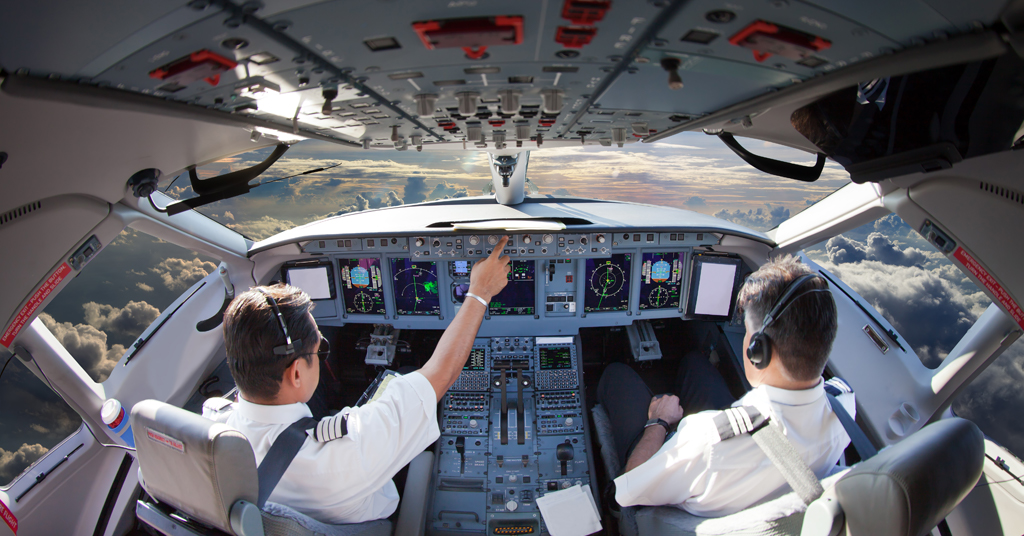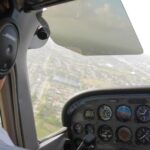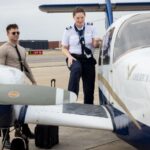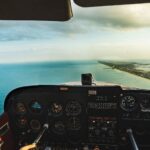By: Dick Hyslop, Retired American Airlines Pilot
In the April edition of Flying Digest, National Chief Pilot Steven Daun presented an excellent discussion about stalls in a Cessna 172. Question; Do airline pilots have to be concerned about stalls?
Absolutely! Since stalls are an AOA (angle of attack) issue, the type of airplane doesn’t matter. As Chief Pilot Daun said, “an airplane can stall at any altitude, airspeed or attitude.” So the question that comes to mind is, “how are stalls in airliners different from stalls in small airplanes?”
To best address this, let’s look at the airspace that airliners mostly fly in. With the understanding that the cost of fuel is one of the major factors in determining the flight profile. Generally speaking, the higher we fly, the less fuel is used. High altitude flight not only saves fuel but requires higher airspeeds due to the less dense air. The end result is that we burn less fuel and reduce our flight time at higher altitudes, which results in lowering the overall operating costs.
Power settings at these high altitudes, such as FL 250-FL 430 (FL-flight levels), often approach a maximum continuous power setting. As you have learned in your training, flying at L/D (Lift/Drag) maximum is the most efficient and economical flight regime. The problems arise when our airspeed drops below the speed needed to remain at this L/D AOA. Things like turbulence, temperature and angle of banks (turning) all affect the power required to maintain the required airspeed. The autothrottles will attempt to demand the power needed to produce the airspeed required at these high altitudes. If that power is insufficient to maintain an airspeed equal to or greater than L/D maximum, then the airspeed will decay. You are on the “back side of the power curve,” and the airspeed will continue to decay until you reach an “approach to stall” airspeed.
All modern day airliners have numerous indicators warning the pilots they are approaching this condition. Visual (CAS will flash), tactile (yoke will shake) and aural (“Stall, Stall”) warnings are activated about 10kts above the actual stall speed. The approach-to-stall is considered a controlled flight situation but must be addressed immediately. Failure to take action will lead to an actual stall. If this occurs, the aircraft has now entered an out of control phase which could lead to an “upset ” situation. Therefore, airline training has its pilots react to an “approach-to-stall” situation.
With no or limited power available, the options to correct this “approach-to-stall” have only one solution, descend! Typical training methods have you disconnect the autopilot and autothrottles, unload the wing (push the nose over), level the wings (reduce any bank angle) and begin a descent until the airspeed returns sufficiently to produce enough lift to support the aircraft. This may require 2,000 to 4,000 feet change in altitude.
In summary, airliners fly at very high altitudes, where the jet engines are very efficient. Less dense air at these flight levels requires the aircraft to fly faster to obtain enough lift to maintain altitude. These higher speeds often require power setting at or near maximum continuous power. Should the aircraft slow and get on the “back side of the power curve” there will be insufficient power to return the aircraft to stable flight and maintain altitude. The only solution is to descend. A thorough understanding of performance charts and proper programming of the flight computers will keep the aircraft within a safe flight envelope.










